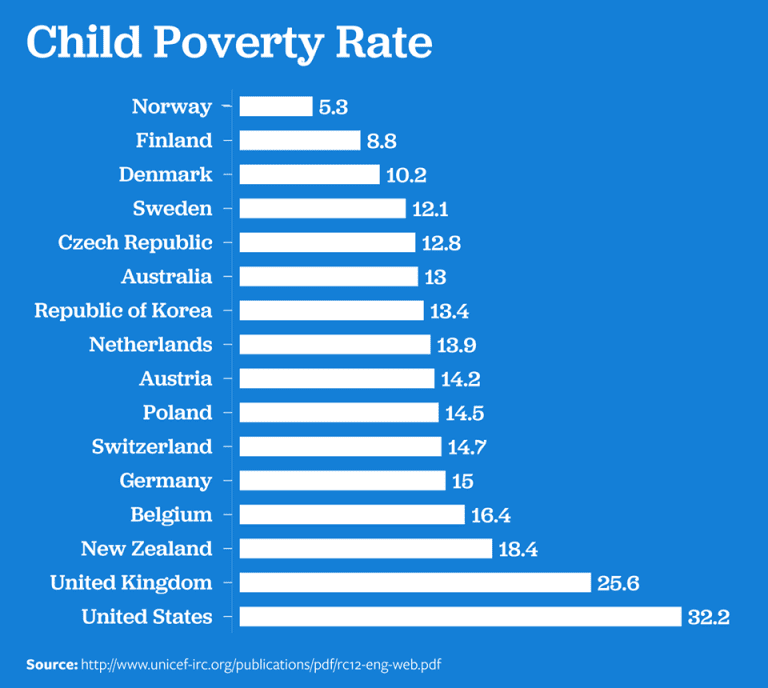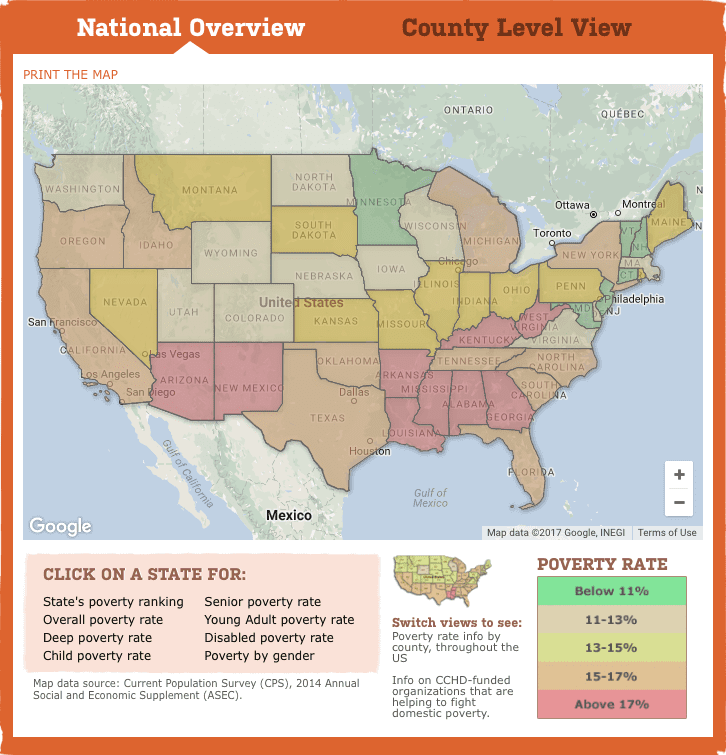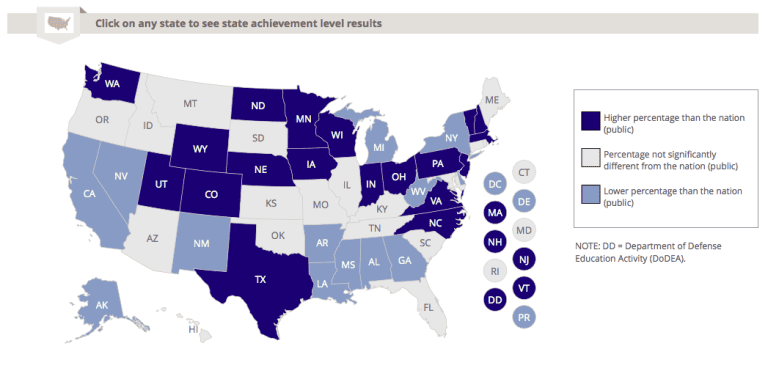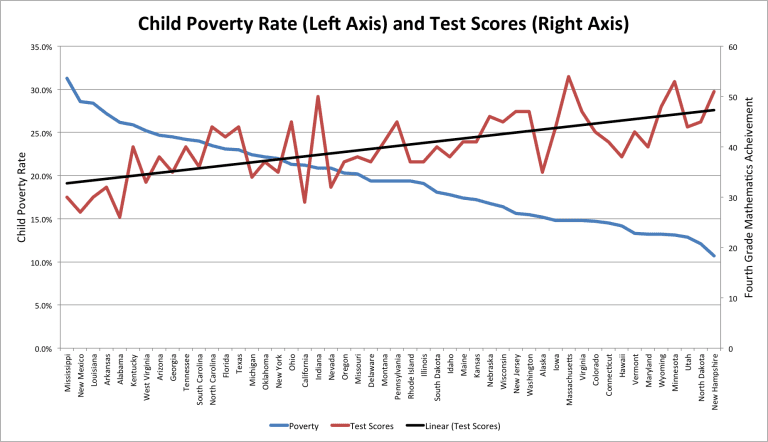I was homeschooled in part because my parents were concerned about the quality of the local public schools. I grew up hearing that the U.S. was falling behind other countries in terms of academic achievement, and that our failing public school system was to blame. I grew up. I gritted my teeth and put my daughter in public school. I loved it. She loved it. She thrived. We moved to a new area, and again we put her in public school. Once again, I loved it, she loved it, and she thrived.
And yet, I still hear people say that our public schools are failing.
Interestingly, people tend to rate their local public schools highly while giving far lower ratings to the nation’s public schools as a whole:

Nearly 50% of Americans rate their local public schools with an A or B while only 20% award the nation’s public schools as a whole an A or a B. This has been going on for over three decades. This suggests that something about Americans’ perceptions is out of whack—they are either overestimating the quality of their local public schools or underestimating the quality of public schools in the nation as a whole.
Still, concerns about the schools in the United States being surpassed by other countries, particularly in math learning, are widespread and pervasive. And it’s true that there are countries that boast higher scores. But, as with many things in the realm of statistics, it is unwise to look at one number out of the context of a wide range of background factors. To see what I mean, check out this graph:

I think about this graph every time someone starts talking about students in the United States being behind internationally. The numbers above are based on child poverty information from UNICEF. Based on this data, it’s no surprise that students in, say, Finland outperform students in the U.S.—indeed, we would expect them to, because we know that child poverty correlates with lower test scores!
I’m not saying there’s no merit in comparing different educational systems and trying to ascertain which systems work better than others and why. There absolutely is. Rather, I am simply exasperated with claims that U.S. schools are failing because our test scores lag behind those of countries with far lower levels of child poverty.
Those who want to use countries’ test scores to argue that one educational system or the other is superior need to correct for factors like child poverty rates before doing so—anything less is sloppy and irresponsible.
Let me offer you another example. Look here (link and link):


Notice anything? Compare the dark blue states in the lower map (higher than average scores) with the green or tan states in the above map (lower child poverty). Compare the light blue states in the lower map (lower than average scores) with the orange and red states in the above map (higher child poverty). Can you see the correlation?
Here, let me graph it:

Sure, there’s some variation. Child poverty is not the only factor in play. Still, overall, high child poverty (the blue line) correlates with lower test scores (the red line), and as the child poverty rate goes down the test scores go up. Interesting, no?
I am not saying that there isn’t room for improvement. There is!
I’m concerned about schools that treat children as criminals, and schools with endemic funding problems or administrations that turn over every year. I would like to see schools do more to empower children, to encourage student learning far beyond the test or the textbook. I would like to see new innovations in mathematics education, and the expansion of makerspace programs that encourage innovation and invention. But I also see schools increasingly striving to do all of these things.
Let’s stop wringing our hands over dire prognostications that compare scores in overly simplistic ways. Instead of referring to our public schools as “failing” let’s focus on encouraging innovation and on reducing child poverty. Improving children’s circumstances—and those of their parents—will give them more energy and mental space with which to learn and thrive.
I’m tired of the negative approach. Let’s go positive instead. Let’s give praise where praise is due, focus on the whole child, and imagine a future where every child will have the resources they need to stretch their wings.















